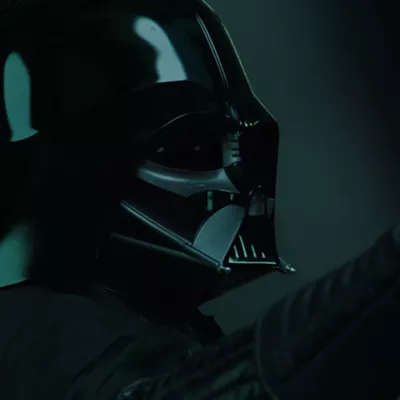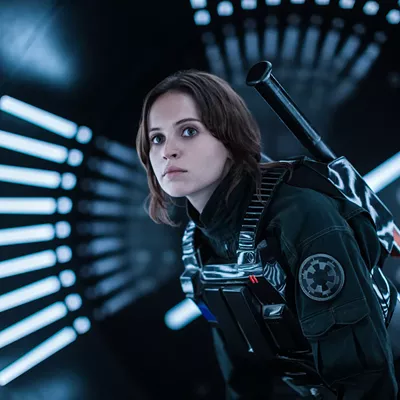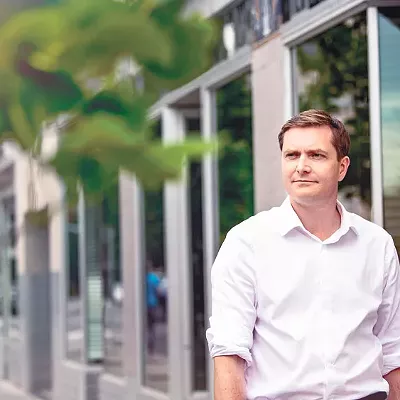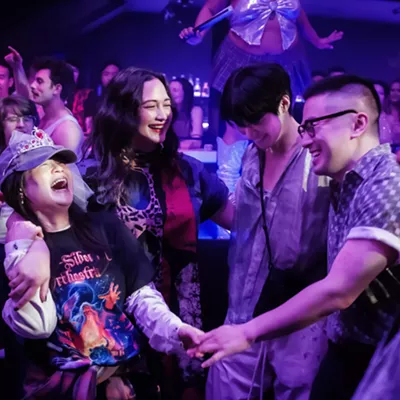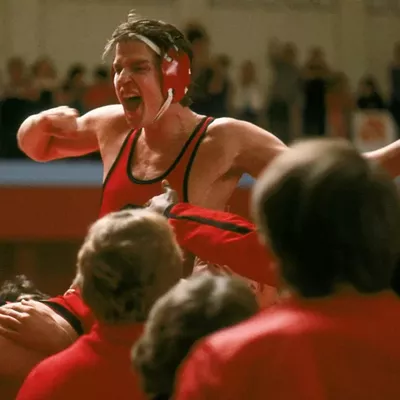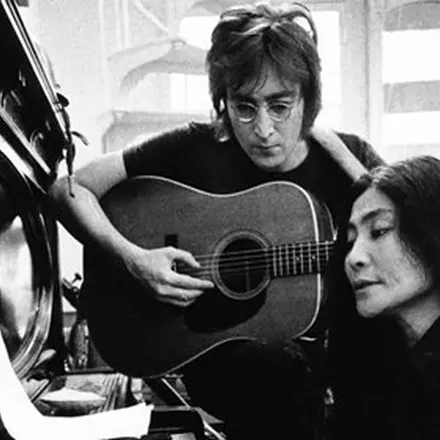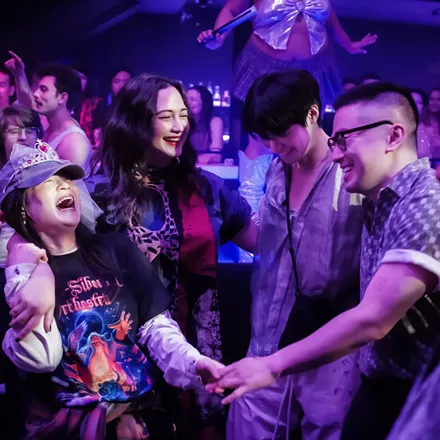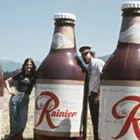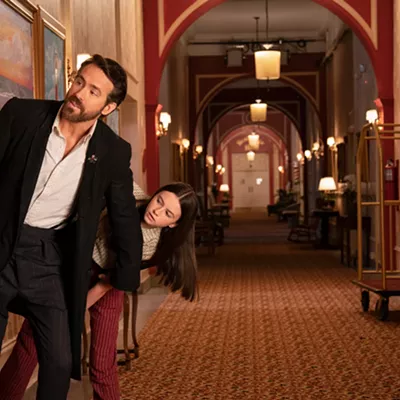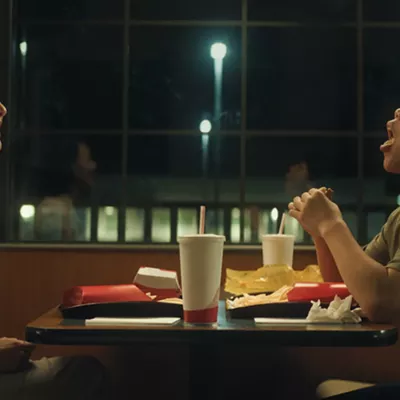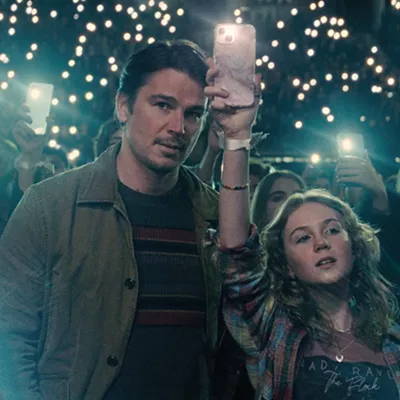Lately, it can be hard to fathom a time when one's average pop culture carte du jour wasn't dominated by content derived from George Lucas' space fantasy universe, especially after the Disney acquisition of Lucasfilm and subsequent abundance of new material. From streaming shows to movies, there's more Star Wars than you could shake a Tusken Raider gaderffii at.
But back in 1999, there hadn't been a new Star Wars film or television offering in almost two decades. Now, 25 years hence, Star Wars: Episode I - The Phantom Menace — the controversial first installment of Lucas' prequel trilogy — struts back into theaters.
There is precedent for such an occasion: In 1997, 20 years after the premiere of Star Wars (subsequently subtitled Episode IV: A New Hope), Lucasfilm rereleased the initial three theatrical chapters as "Special Editions," featuring arguably unnecessary modern CGI embellishments. For 7-year-old me, it was a first-in-a-lifetime opportunity to see these films on the big screen as opposed to my well-worn VHS copies. It felt like a rite of passage — to experience the kind of revelatory awe my parents would speak of in hushed, reverent tones about when they had lost their Star Wars virginity (specifically, the iconic opening frames of a gigantic Star Destroyer zooming overhead with teeth-rattling THX surround sound).
Concurrent with the Special Editions, the promotional campaign for the upcoming prequel saga was underway in the pages of the Star Wars Insider magazine (yes, it was mostly a catalog, and, yes, I was a subscriber). The hype soon ballooned past the borders of die-hard fandom. When the first teaser trailer for The Phantom Menace made its online debut in November 1998, it nearly cratered an adolescent internet, accruing millions of downloads in a matter of hours. Star Wars acolytes paid full ticket prices just to see the two-minute-and-12-second clip on the silver screen, boosting the box office for films like Martin Brest's unintentionally hilarious romance Meet Joe Black.
When the anticipated origin story of the future Sith Lord Anakin Skywalker finally podraced into cinemas on May 19, 1999, millions were unsurprisingly agog, for better and for worse. This was a Star Wars for our generation. The sense of uncertainty and possibility was tantalizing. As hyped as many of us were at the time, The Phantom Menace was not received with universal adulation, especially among the generation that grew up on the original trilogy in theaters. In his generally enthusiastic review, Roger Ebert admitted that, "The story level isn't always as interesting as the visuals." Variety's Todd McCarthy echoed this sentiment, writing, "While the film hardly lacks for visual creativity, it lacks resonance, freshness and a sense of wonder... Phantom is easily consumable eye candy, but it contains no nutrients for the heart or mind."
Some fans were even more apoplectic, taking to web forums and comment threads to bemoan the emphasis on the Trade Federations' capitalist scheming and politics-heavy scenes that played like C-SPAN by way of the Mos Eisley cantina (C-3PO-SPAN?).
Then there was the infamous Gungan goofball Jar Jar Binks. While a technological breakthrough — the first major CGI character in a live-action film — that was intended as a throwback to the slapstick comedies of yore and meant to connect with younger viewers, Jar Jar was received as a fiasco. It didn't help that his exaggerated dialect and ethnic patois prompted understandable racial criticism. If the anti-Menace "not my Star Wars" contingent of very vocal, very online posters sounds familiar in the wake of Disney's Star Wars sequel trilogy, recall what Lucas has long said about his saga and its parade of repeating motifs: "It's like poetry, it rhymes."
Now, as I stare down the blaster barrel of oncoming middle age, I remain an ardent defender of Lucas' prequel trilogy. The Phantom Menace, in particular, is resplendent with iconic sequences — especially the podrace which transmutes Lucas' fixation on hot rods and drag racing into a breathtaking symphony of high-velocity vehicular drama, and the lightsaber duel pitting Qui-Gon Jinn and Obi-Wan Kenobi against the satanic Darth Maul, set to John Williams' indelible "The Duel of the Fates."
Thematically, the prequels are more resonant than those befuddled and frustrated by all the political machinations and talk of microbiology may deign to acknowledge. Though they work just as effectively as innocuous popcorn entertainment, there are philosophical depths to the trilogy that are worth discussing. Episode I continues the capitalist megapower vs. indigenous culture themes of Return of the Jedi, Episode II includes digs at unchecked military expansion, and Episode III is, in part, a further refutation of Bush-era post-9/11 imperialism and crackdowns on civil liberties.
You can revisit The Phantom Menace just for its playground thrills or you can plumb its spectacle for greater meaning. Regardless, you have to respect Episode I's chutzpah. As a feat of technical filmmaking, it is in rarified company. As a welcome mat for new fans of the franchise, it was an enormous success. And it has likely aged better than you might think (FYI: the prequels are huge among Gen Z TikTokers).
Let's raise a glass. It's time to celebrate a silver anniversary with Padmé Amidala and friends! Pour yourself a big sugary soda into your KFC/Taco Bell/Pizza Hut commemorative Watto cup, grab a seat in a darkened theater, and lose yourself once more in a galaxy far, far away.
Star Wars: Episode I — The Phantom Menace returns to theaters starting May 3.




